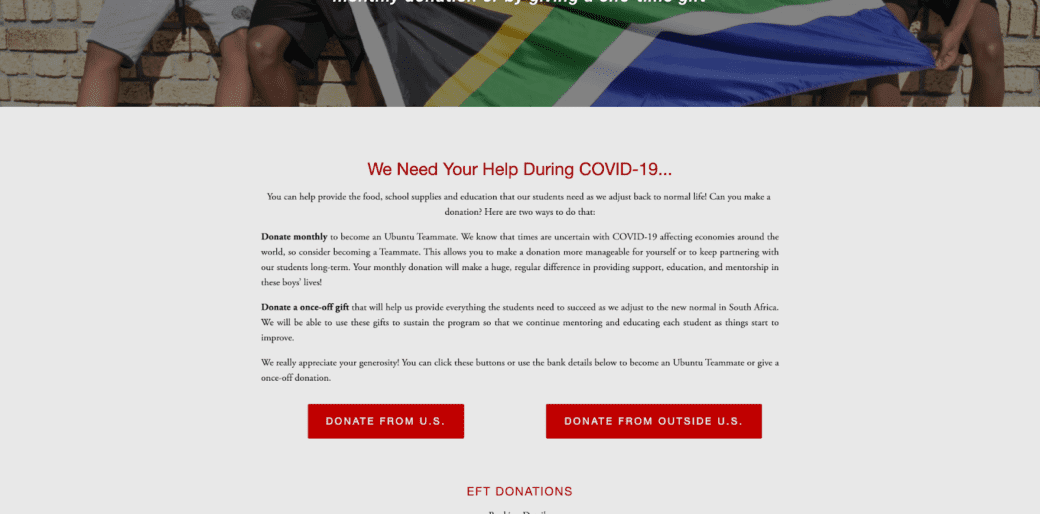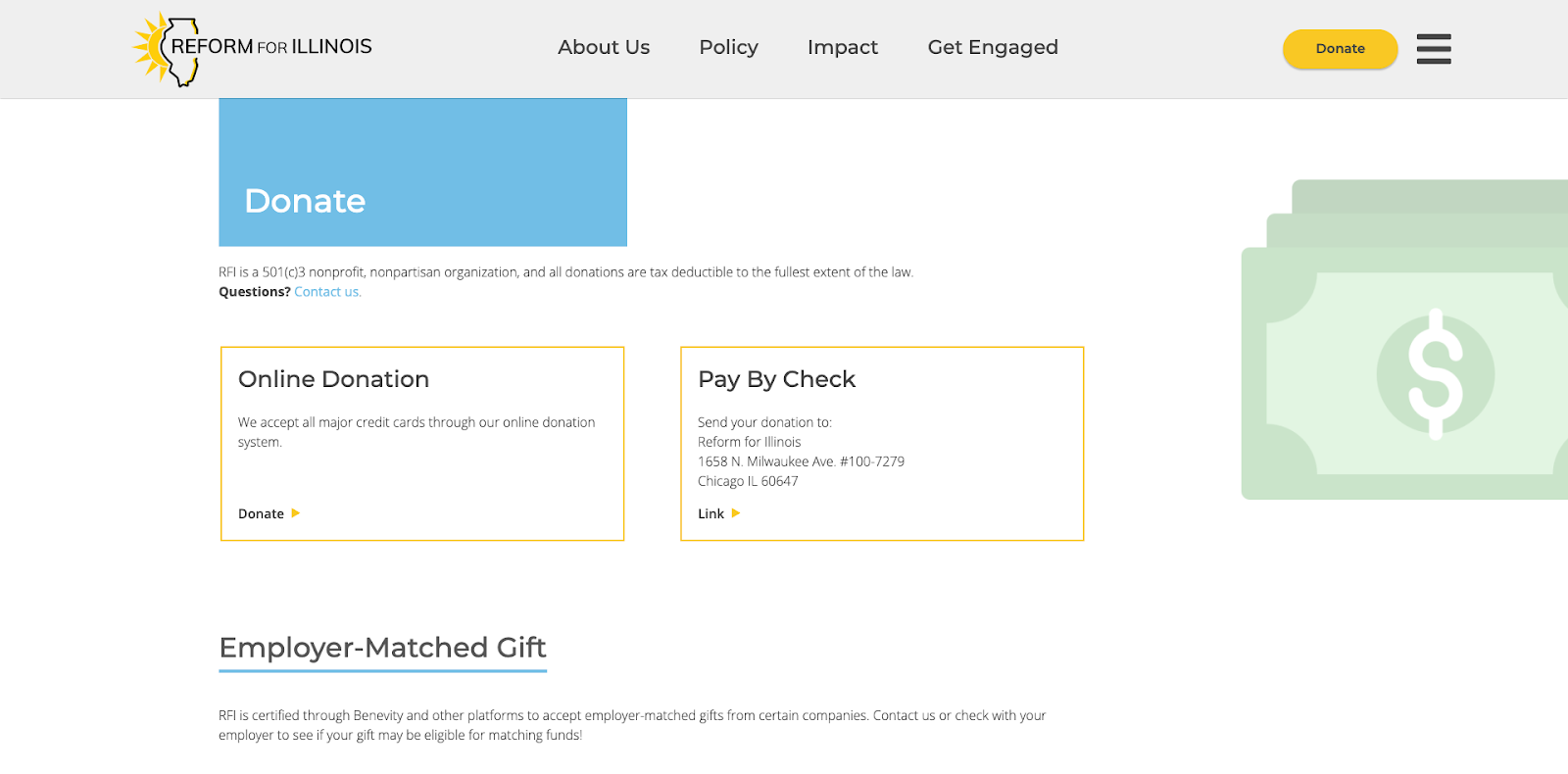It’s 2021, which means that if you’re a nonprofit fundraiser you look a little bit like this:
Let’s just say that this year has not gone as expected. Fundraising plan? I gave up on that months ago.
Way back in January of 2020 we all had budgets (oh sweet summer children that we were). Halfway through the year and Coronavirus is over here burning up our budgets like –
Take a moment to pour one out for the great year you thought you’d have.
But now it’s time to regroup and plan for year end, plus think about 2021 (is anyone else horrified that we have to start writing that year?).
How do we fundraise during COVID?
It might seem daunting, but let’s just take it one step at a time. We promise, we’ll help you out.
Step 1: Review Your Old Budgets and Plans
Don’t burn your old plans just yet. Fundraising during COVID is different, but it’s got some things in common with your traditional fundraising. There’s definitely something to salvage out of what you originally wrote up, which is why the first step in rewriting your fundraising plan is to look at your old one.

Here are some things to look at:
- What events and campaigns were canceled or impacted by COVID?
- What events and campaigns were successful?
- How much did you expect to have raised by now? How much have you actually raised?
- What events or fundraisers will you need to adjust or cancel due to COVID?
From here you can start to build some new numbers. Perhaps the most important number to look at is where you need to be at the end of the year: what do you need to gross to keep your programs running and your organization on track?
Once you know where your budget needs to be at the end of the year, you can start looking at how to make that money. There are two elements to revamping your budget: how much you put in and how much you get out. Here are some questions to guide you:
- Where can you cut costs?
- Which campaigns can you run with minimal changes?
- Which events/campaigns do not make sense in a virtual space?
- Which events/campaigns will give you the highest ROI: less cost upfront while still making profit?
- Where do you need to add in new fundraising to make up for lost campaigns?
Answering these questions will help you create the general outline of your budget moving forward. Pick which of your typical events and fundraisers you’d like to keep, which ones you want to scrap for this year, and where you’ll need to create new initiatives to fill in the gap. If you’re struggling with which events can be moved online, here are some questions to jumpstart your brainstorming process:
- Is it an event that can be live-streamed? If so, consider Youtube or Zoom for a more interactive experience.
- Does an event involve food or drink? Consider suggesting an easy menu item people can prepare themselves and take to a Zoom meeting.
- Had a race, walk, or climbed planned? Have people participate on their own and encourage them to share their participation on social media. You can set up a peer-to-peer to capture registrations and donations.
- Had in-person trainings in the works? Switch to a webinar format. You can also record your webinars to be viewed later by people who may not be able to virtually attend.
- Want a way to get people in the same “room” and promote a sense of community? Try hosting a virtual movie night with Netflix Party.
As we move into the end of the year, this is also where you can review what has worked in the 8 months of COVID so far. 2020 was a particular challenge because many of us had plans in place that involved being in person. As we look to 2021, it’s a good idea to be conservative in your outlook: don’t assume that we’ll be back in person. Make plans that assume you’ll need a virtual option.
Now that you have your outline, you can dig into the specifics. Let’s start with the events and campaigns that were in place before COVID.
Step 2: Transition Your In-Person Events and Fundraisers
The biggest element of fundraising during COVID is moving virtual. It can seem overwhelming to take an event you’ve hosted in person for years and translating them to virtual space. You might be finishing up a few last 2020 events, but most likely you’re thinking about what your fundraising plan will look like in 2021.
This year you have time to plan in advance, and there are some consistent steps that will help you transition nearly any event or fundraiser to virtual.
Here’s 13 Top Virtual Fundraising Examples to inspire you.
1. Take stock of what your event normally includes
Each organization’s event and fundraiser looks a little bit different. Before you think about moving to a virtual space, think about what you do in the physical realm.
- Do you serve food?
- Is there entertainment?
- Do you have an educational component?
- Do attendees need to be able to converse with each other?
- How many people typically attend?
- Do attendees need to do something, like a run or walk?
- Is there a special fundraising element to include?
Once you’ve created a list of elements that your event includes, make some decisions about what you want to keep for the virtual event. You may want to note elements that you’d like to include but you’re not sure how.
This list of elements is your basic project plan. These are the things you’ll need to move online. Of course the big question is how. Well let’s head on to step two, because that’s where we start getting into the good stuff.
2. Find The Right Technology
The most important element of a fundraiser or event is having a clear and easy way for your “attendees” to give/attend. This will look different based on your answers to question 1. You may need a way for your attendees to hear speakers, or perhaps you need a crowdfunding option.
Spend some time writing down all the things you want your technology to be able to do, then spend a bit of time researching to find the best option. It may be a combination of technologies (for example CauseVox pairs beautifully with Youtube if you want to host a peer-to-peer fundraiser with a live program).
3. Create A Program
If you want your event or fundraiser to happen live on a specific day and time, think about how you want that day to run. Who will speak? For how long? Will there be entertainment? What will the schedule be?
This can help you determine if you need to record anything in advance, who will need to be available on the day, and how you’ll use your technology. Create a brief schedule so that you know what elements you need to gather to get the event up and running.
4. Get marketing!
To recruit your participants, you’ll want to:
- Use email to activate all your existing donors – tell them why you need them now more than ever, and ask them to sign up for the event
- Particularly target board members, staff, returning donors, volunteers, corporate partners, and others in your close network.
- Use the power of the internet! Social media, peer-to-peer communication and fundraising, and email are all incredibly powerful and this is the time to use them.
Now you just have to sit back and watch registrations and donations flow in.
Year End Fundraising
You’re most likely in the process of putting together your year end campaign, which will look a bit different during Covid.
That’s a great place to start implementing these processes. Giving days like #GivingTuesday are tailor-made for virtual fundraising.
Take a look at how other organizations have successfully run virtual campaigns and build a plan to take your year end fundraising to the next level.
Step 3: Create New Programs
One of the benefits of fundraising during COVID is that it gives you a unique chance to be innovative. We’re living through an experience that’s unprecedented in recent history. You have the opportunity to explore new ways of fundraising that you’ve never tried before. It’s time to experiment and explore new opportunities for fundraising.
If you’re looking at your outline for the end of 2020 and realizing that you have a bit of ground to make up, this is the time to brainstorm new programs, events, and campaigns to help you meet your budget numbers.
You’ll also want to think about what you can introduce in 2021 to ensure that you have a strong plan in place whether we’re still social distancing or able to gather.
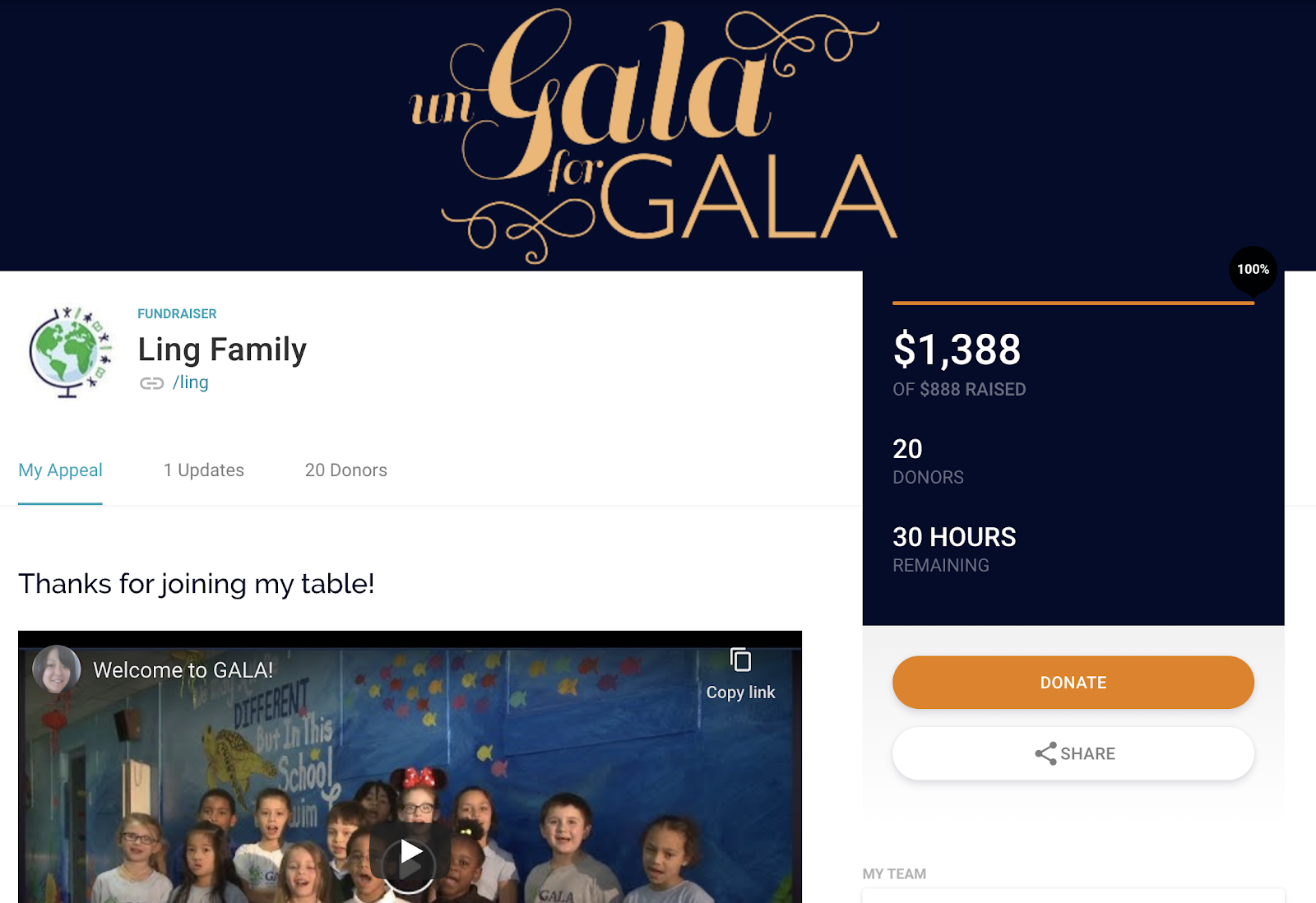
A great starting point is investing in your existing community. To source new ideas and to figure out what new needs have to be filled, make time to check in with your constituents. Some new opportunities worth trying out include:
- Virtual happy hours or lunches via Google Hangouts, Zoom, or Facetime
- Personal phone calls to touch base with your supporters
- Live streamed events through Facebook Live
- An ungala in lieu of a live gathering
- A virtual race (aka a “No Run Run”)
- A virtual conference
- Crowdfunding
- Virtual programs/services
- Matching grants
- + more virtual fundraising ideas
Get creative! This list is a starting point, but if your community has specific interests, focus on those. Most importantly, think about how you can make these programs and events sustainable. We don’t know when we’ll be back in person. The last thing you want to do is assume you’ll be able to put on events in person next year and have to do another quick pivot if we can’t.
Step 4: Create Sustainable Digital Fundraising
Historically, many fundraisers have organized their year around specific projects at specific times. We’ve relied heavily on events that use in-person interactions to inspire giving. In short, we were “project-style” fundraisers.
“Project-style” fundraising refers to more traditional methods of fundraising, such as sending direct mailers a couple of times a year, hosting an annual gala/event, writing grants, etc.
COVID fundraising looks different. Events are not accessible to us, and digital is king. Digital fundraising is all about building a community to raise money online – while it follows a lot of the same principles as offline fundraising, it is not a “project” or “appeal” style approach.
Just like digital marketing, digital fundraising is about reaching the right person, at the right time, with the right message. Through digital, you can target specific people with specific messages, and really personalize the donor experience.
Digital Fundraising is a cycle of attracting, nurturing and converting donors. It’s continuous and fluid rather than segmented into projects. 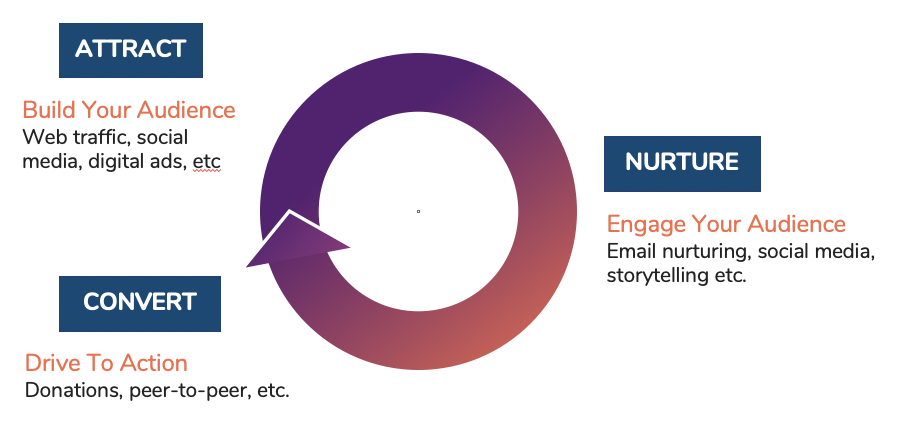
Your focus as you work on your new budget is to find ways that you can build sustainable, ongoing digital fundraising. Some of these might be steps you take as soon as possible to improve your fundraising in your year end campaign, while others will be campaigns you can run throughout 2021.
The easiest place to start is with monthly giving. Monthly giving programs give you income that you can rely on over time. Focusing on a monthly giving program helps you to build up that predictable income.
You can learn more about creating a monthly giving campaign here. The takeaway? A little bit of time and effort to bring in monthly donors means long term, predictable pay-off.
In conjunction with monthly giving, you’ll also want to think about moves management. While your historical fundraising plans may have centered on specific events, think about creating a plan that can take your existing donors and get them more involved in your organization. That might mean asking a donor to become a fundraiser.
We’ve found that peer-to-peer fundraising takes away some of the unknowns because all those NEW DONORS are recruited by their own friends and family. These referrals take away some of the stress new donors have when trying to find reputable, trustworthy, worthwhile causes to support.
The folks you recruit to participate in the peer-to-peer fundraiser aren’t just helping to raise you money, they’re connecting you with their networks of friends and family.
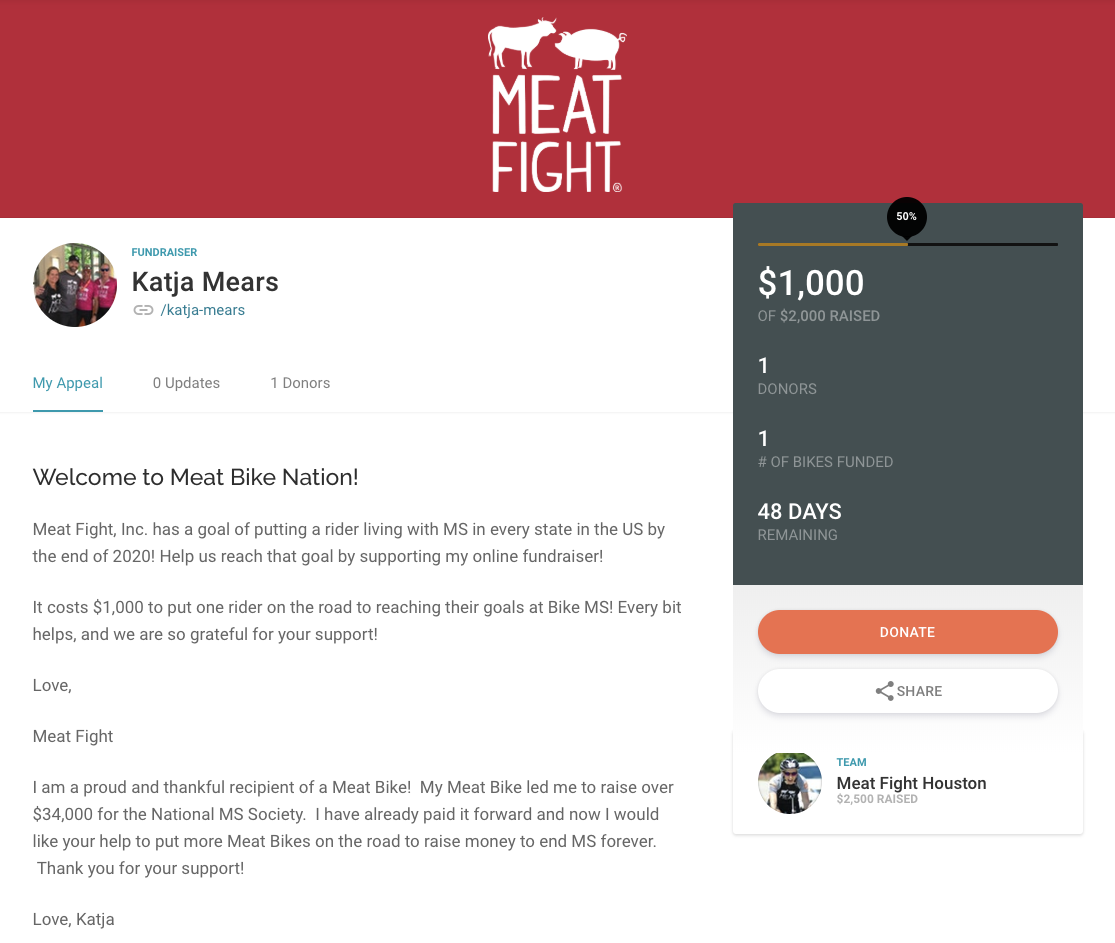
Or perhaps it’s getting someone to increase their monthly gift by $10 or $20. Maybe it’s getting your donors to volunteer. There are dozens of goals you can pursue, but moves management is peak COVID fundraising. Consider adding a moves management goal to your fundraising plan in place of an event that is impossible this year.
Of course not all of your donors will be recurring donors. Your donation process should make all donors feel special and pampered.
The best place to make that happen is on your donation page. Your donation page can have a big impact on your revenue. Creating a donation page that works well for donors is a small change that has a huge impact, meaning you put in less effort and raise more.
CauseVox has so many resources on how to make the optimal donation page – it showing just how important your donation page is. Having one that converts more donors will be a key to improving all your fundraising for the rest of the year.
Step 5: Track and Measure
No matter what you do, it’s important that you keep track of the actions you took and how well they worked. This is where having a solid CRM comes into play. Data is a necessary part of every organization, whether you’re running an international corporation or a 1-person nonprofit operation. What data does is provide you the insight you need to cater to your specific audience. Plus, this data will help you determine which of your efforts during this odd year have been effective and which you can drop.
Keeping a careful and up to date budget that shows which events were successful will help you to stay agile. If you run a peer-to-peer fundraising campaign in October and it doesn’t go very well, you’ll want to revamp your strategies before you try another one. Ideally, you’ll have a good chunk of data from the past 6 months that you can use to decide which events and fundraisers are popular with your community. Those are the ones you’ll want to focus on in 2021.
Solid data is also the only way to do good moves management and tailor your asks to your donors.
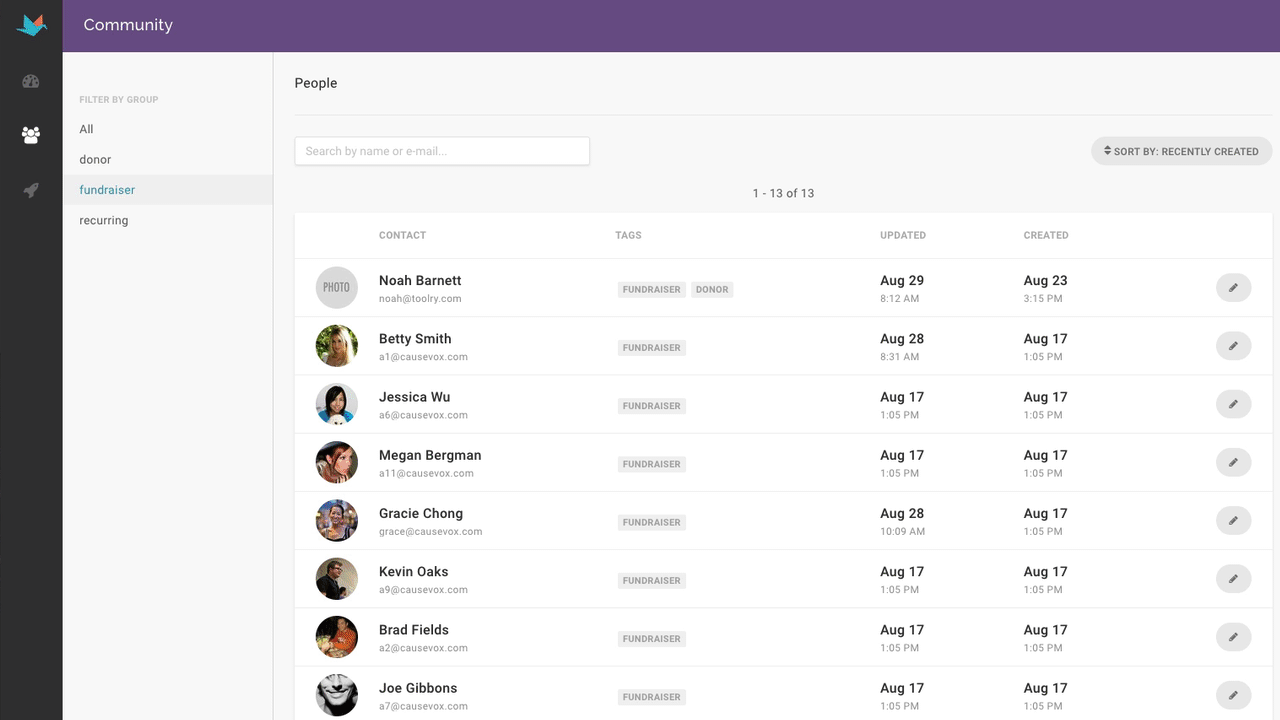
In addition, this will also help keep you on track for meeting your budget. It’s harder to predict what this year will bring, so you may have to add in some last minute campaigns to your budget. Data will let you know when.
Find A Virtual Fundraising Solution That Works For You
During this crisis, you can still meet your fundraising needs, but you need to act fast and rapidly transition to a comprehensive virtual fundraising strategy.
And, nothing can help make your transition easier than using a tool that uncomplicates digital fundraising for you.
CauseVox can help you get all your virtual events, peer-to-peer fundraising campaigns, donation pages, and more up and running quickly and easily, all under one roof.
Ready to make the transition to virtual fundraising?


